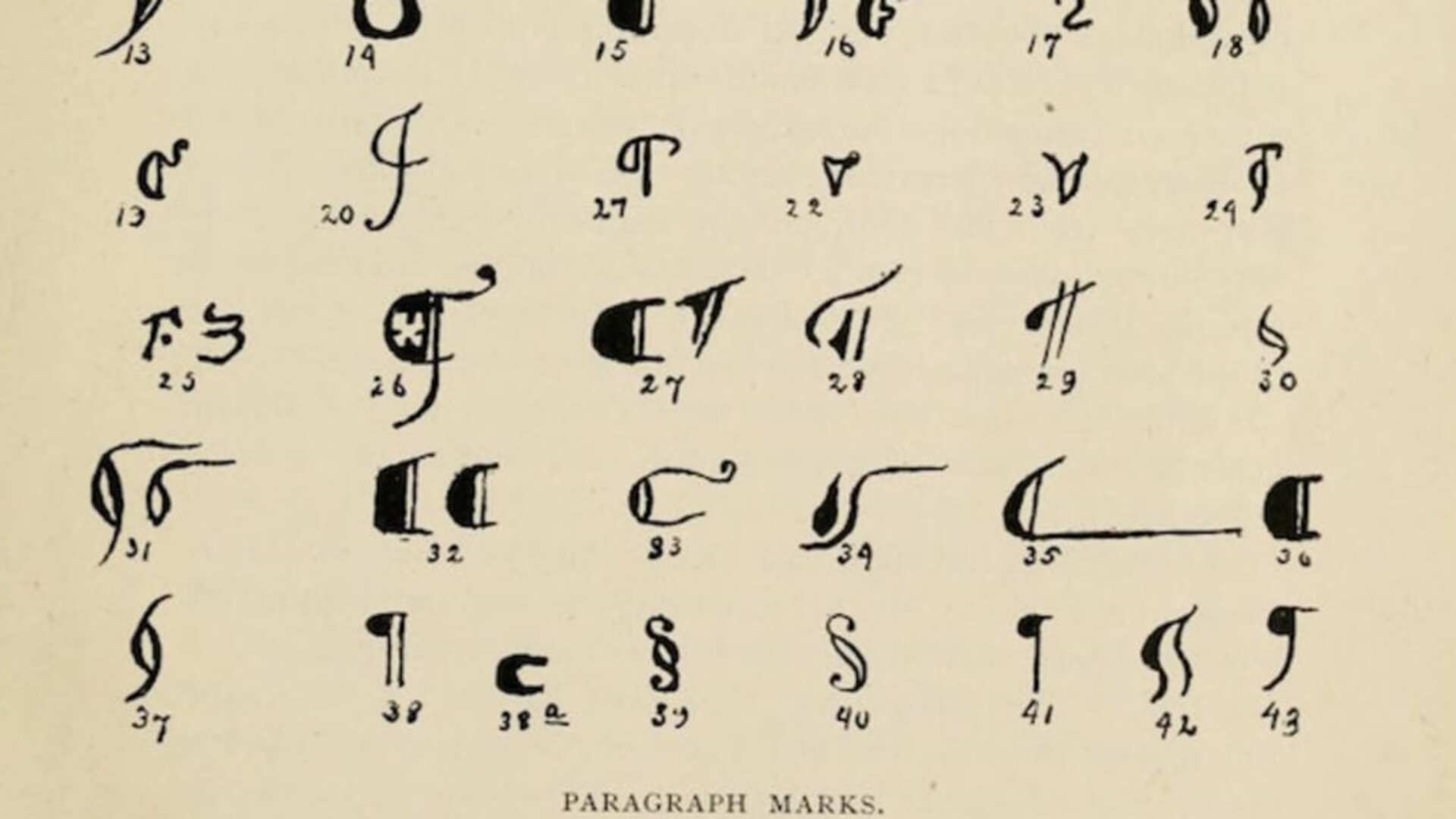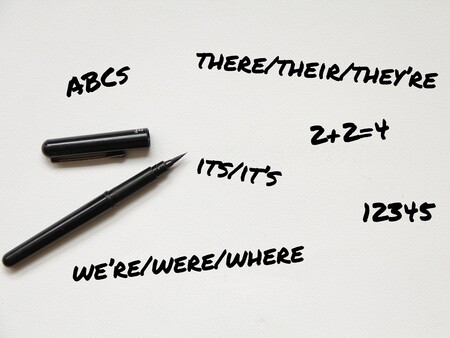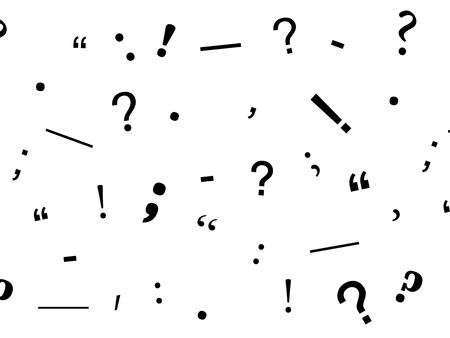
The Editing Company
Toronto, Ontario
RECENT POSTS
TEC Blog
Categories
Show All- Editing
- Grammar
- Usage
- Style
- Editor/writer
- Publishing
- Business
- Writing
- Writers support group
- Event
- Proofreading
- Copyright and permissions
- Usage
- Book reviews
- Editing new media
- Technology
- Books & libraries
- Ttc stories
- Editing & marketing
- Office happenings
- Social media & community
- Language & editing
- Social media
- Editing & marketing
- Indexing
- Book design
- Tec clients
- Guest blogger
- Creative women doing sixty
- Book clubs
- Books and reading
- Ebook technology & services
- Editing numbers
- Editing & technologies
- Opera, movies

What Is Syntax? And Why Is It Important?
Jan 24, 2024 - Melissa MacAulayWe’ve all heard it before: “Words are the building blocks of language.” Writers understand this better than anyone, as they are all too aware – someti...

Ask the Business Editor: What Is Inclusive Language?
Mar 09, 2022 - Benedetta LamannaAs a human being, language is one of the most influential tools that you have. As with everything in life, language evolves and you need to ensure tha...

3 Formatting Basics in Word: Spaces and Tab Indents, Setting Headings, and Adding Reference Notes
Feb 09, 2022 - Lesley-Anne LongoChances are, if you produce written documents on a daily basis—whether professional reports, personal projects, school-related work (such as dissertat...

A Little Bit of Editing, A Little Bit of Proofreading, A Little Bit of Formatting: The Final Steps in Polishing Your Dissertation
Jan 26, 2022 - Lesley-Anne LongoTEC has had a number of dissertations cross our desks over the past few months, and working on these important documents is always a process that requ...

6 Faulty Writing Habits
Jan 11, 2022 - Lesley-Anne LongoThere’s never a bad time to refresh your writing skills, and now is as good a time as ever (especially if you’re finding yourself with some extra ...

TEC Roundup: Our 6 Most-Visited Blogs in 2021
Nov 17, 2021 - Lesley-Anne LongoWell, 2021 is coming to an end (where did the year go, exactly?), and as 2022 approaches, it’s hard not to look back on the past year and think about ...

Everyday Proofreading and Punctuation Marks: What Do They Mean and How Are They Used?
Oct 13, 2021 - Lesley-Anne LongoPretty much everyone uses punctuation marks in their day-to-day life, whether it’s in texts, emails, professional communications, business writing, le...

A Brief History of the Pilcrow: A Worldly Mark on Proofreading
Oct 06, 2021 - Michael BedfordThe ways that linguistic conventions change over time are sometimes obvious. New dialects and turns of phrase crop up, and many of them gradually chan...

Fact-Checking: The “Behind the Scenes” Editing Work
Aug 17, 2021 - TEC EditorsWhy Do We Fact-Check? As The Chicago Manual of Style points out, in publishing, the author is ultimately responsible for the accuracy of a work. A...

5 Out-of-This-World Tips for Editors of Science Fiction
Jul 28, 2021 - Michael BedfordThe process of working on any manuscript presents a range of concerns specific to the manuscript’s intended genre, so don’t get caught with your space...

Editing and Proofreading On-screen and Online Content: From Word to Adobe to Pastel!
Jul 21, 2021 - Samantha RohrigThe first step in preparing a document for publication is the copyediting of the work. The majority of copyediting tasks today are carried out on-scre...

Zero to What? How to Treat Numbers in Different Editing Styles: A Cheat Sheet
Jun 29, 2021 - Lesley-Anne LongoHere at TEC, it’s our job to provide our clients with the best guidance and advice in the editing and flow of their documents. Recently, we had a clie...

What Does “Heading A” Mean? Some Key Editing Terms Explained
Jun 16, 2021 - Michael BedfordEditorial work entails a variety of different jobs. These include substantive editing, line editing, and proofreading. Because the process of editoria...

Ryerson’s Publishing Program: Insights and Inspirations from Two of TEC’s Editors
Jun 02, 2021 - Ronnie Morris & Samantha RohrigRyerson University’s Publishing Program is celebrating its 30th anniversary this year! Founded in 1990, the Certificate in Publishing is the larg...

Active vs. Passive Voice: Understanding How and Why They Work
Apr 28, 2021 - Michael BedfordAlthough there are some who would advocate for a world free of passive-voice constructions, an all-out ban on this wrongfully maligned verbal form wou...

The Nuts and Bolts of Strong Prose: Semicolons, Colons, and Dashes
Dec 02, 2020 - Laura CameronPunctuation marks are the signposts of prose. They indicate what’s important and where to pause. They add rhythm to your sentences. They help your rea...

6 Methods of Emphasizing Words and Ideas in Writing
Nov 18, 2020 - Michael BedfordEmphatic writing allows writers the opportunity to drive home the importance of letters, words, phrases, sentences, and ideas. Aside from mechanical c...

“Back to Basics” Editing Rules
Oct 21, 2020 - Lesley-Anne LongoIn this week's blog, we decided to share some of the most basic editing rules that editors must remember to follow, regardless of what type of text th...

4 Handy Tips: A Punctuation Primer
Sep 23, 2020 - Melissa MacAulayWe thought we would repost former TEC Editor Melissa’s blog this week to help us review four of the most common punctuation-related errors or inconsis...

4 Important Online Resources for the Business Writer & Editor
Sep 02, 2020 - Deborah MacDonaldYour business documents are vital to getting your message across, differentiating your organization from others, and reflecting your brand. Never befo...

A Question of Tenses: Which Tense to Choose and Why
Mar 31, 2020 - Molly RookwoodWe use different tenses all the time: I am listening to music. I went to the store on Saturday. I will make broccoli tonight. I am waiting for the tel...

Midterm Madness: A Primer on How to Format Your APA Academic Paper
Nov 20, 2019 - Lesley-Anne LongoNovember has rolled around again, which can only mean one thing (for students, anyway): midterms and papers are coming up and will be due before the w...

Editing Acronyms and Initialisms: Tips on Using Them Effectively
Sep 24, 2019 - Molly RookwoodAs anyone who edits (or writes) non-fiction knows, few things are as frustratingly difficult to keep straight as acronyms and initialisms. Two weeks a...

Editing Acronyms and Initialisms: The Almost Impossible Task of Keeping Them Consistent
Sep 11, 2019 - Ronnie MorrisIt has been considered a usual style to shorten words in order to save time or space for some time now. Some of us will remember acronyms and initiali...

The Online World of Grammar and Usage: Reliable Online Editorial Resources
Jul 31, 2019 - Michael BedfordAlthough you’re unlikely to find many writers or editors willing to give up the hard copies of their dictionaries or style and usage guides, working a...
How to Use the Semicolon to Connect Your Thoughts & Clarify Your Meaning
Apr 16, 2019 - Molly RookwoodAs an icebreaker activity in one of my publishing courses, a teacher asked us to give our names, what we liked to read for fun, and what our favourite...
Possessives: Some Basic Rules on Using “s” and an Apostrophe
Mar 20, 2019 - Jonathan AdjemianThe most common mistakes with grammar often involve seemingly simple things. In English, possession is indicated using an apostrophe and, usually, an ...
To Friend or Unfriend? The Evolution of Nouns into Verbs
Mar 06, 2019 - Molly RookwoodIn 2009, “unfriend” was the Oxford American Dictionary’s Word of the Year, leading to teeth-gnashing of grammar purists across the world. How could th...
Tidying-Up Your Academic Writing: The Magic of the Reverse Outline
Jan 24, 2019 - Melissa MacAulayJanuary is the time of year when we begin hearing from students who need help with their dissertations, theses, and papers. To help them out, we're re...
The Online World of Grammar and Usage: Reliable Online Editorial Resources
Jan 16, 2019 - Michael BedfordAlthough you’re unlikely to find many writers or editors willing to give up the hard copies of their dictionaries or style and usage guides, working a...
A Post- Post
Jun 06, 2018 - Laura CameronThe postgraduate student researching the rise of postmodernism in the postwar period found herself with post-traumatic stress ...
Back from the Archives: Editing & Hyphens: Tips on Hyphenating Your Writing
Jun 22, 2017 - Barbara KamienskiThis week, we wanted to re-post one of our most consistently popular blogs: Barbara's 2015 blog on hyphenation! Even two years later, it's always at t...
Editors Go Global: Inspiration at the Keynote Address
Jun 24, 2015 - Lesley-Anne LongoLast week was a very exciting event for editors in Canada (and around the world)--the 2015 EAC International Conference, "Editing Goes Global,&qu...
Editing & Hyphens: Tips on Hyphenating Your Writing
Mar 18, 2015 - Barbara KamienskiThey say that an ounce of prevention is worth a pound of cure. So when I recently came upon a text riddled with hyphens popped in willy-nilly where th...
I Teach, Therefore I Edit
Sep 23, 2010 - Camille IssacsIn my life outside of TEC, I also work as a sessional English instructor, meaning I am hired on a sessional (or semester by semester) basis to teach...
Canadian Versus American English: Surprising Differences
Sep 09, 2010 - Shealah StrattonAs an editor who works primarily for the Canadian market, I am amazed at all the subtle differences that separate Canadian and American English, and...
Book review: Bill Walsh’s Lapsing into a Comma (2000)
Jul 29, 2010 - Nadine BachanDuring my third year at university, the professor of one of my copy-editing courses began her first seminar by listing the names of several useful s...





